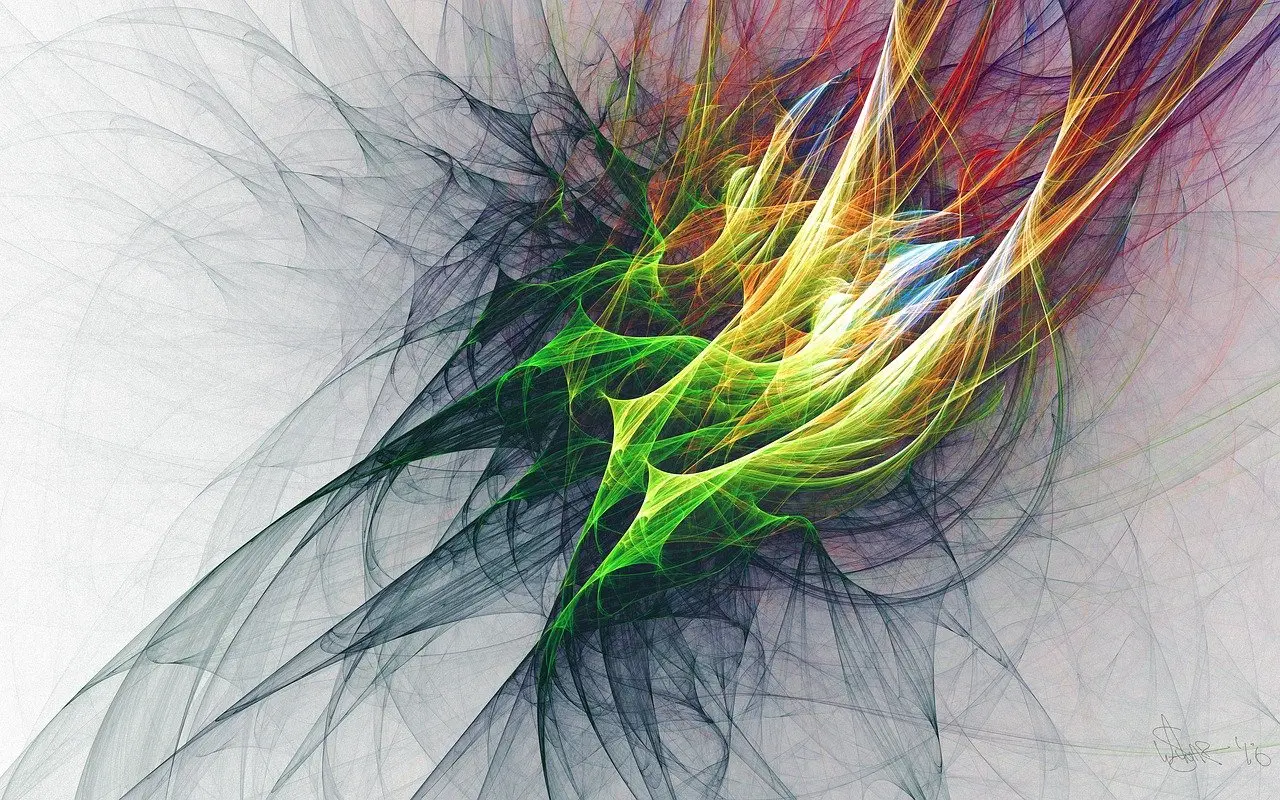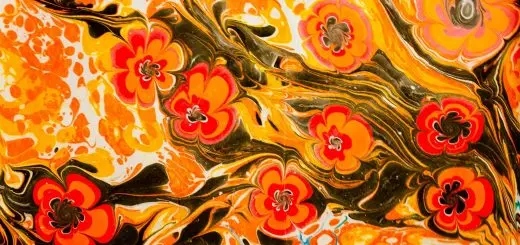The Roman Triumphal Procession: Rituals and Symbols

Looking for more amazing products? Check out our online store and explore our collection here! Happy shopping!
Before diving in, please note: This post is for informational purposes only. If you’d like to know more about how we approach topics, feel free to check out our friendly Disclaimer Page.
Hey there, amazing readers! 
We’re committed to delivering quality posts, and your support (even just sticking around despite the ads) means everything to us. So, bear with us, and thanks for helping us keep the good vibes rolling. Now, on to the fun stuff!
TRANSLATE BUTTON AT THE END OF THE ARTICLE
Overview
The Roman Triumphal Procession was a grand spectacle that showcased the military prowess of victorious Roman generals and celebrated their triumphs over enemies.
This article delves into the rituals and symbols associated with the Roman Triumphal Procession, exploring its historical background, purpose, participants, stages, and route.
It also examines the various rituals and ceremonies performed during the triumph and the symbolism and iconography that accompanied it.
Furthermore, it discusses the attire and ornamentation of the triumphant general, the spoils and captives displayed, and the popular reactions and festivities surrounding the triumph.
Finally, it explores the lasting legacy of the Roman Triumphal Procession.
Introduction to the Roman Triumphal Procession
The Roman Triumphal Procession, or Triumph, was a ceremonial parade held in ancient Rome to honor a victorious general and his army.
It was a highly prestigious event that allowed the general to showcase his military achievements to the Roman people.
The Triumphal Procession was not just a simple parade but a carefully choreographed spectacle filled with rituals, symbolism, and grandeur.
Historical Background of the Roman Triumph
The tradition of the Roman Triumphal Procession dates back to the early days of the Roman Republic.
It is believed to have been inspired by Etruscan and Greek triumphal processions.
The first recorded Triumph in Roman history took place in 509 BCE, when Romulus, the legendary founder of Rome, celebrated his victory over the Sabines.
Over time, the Triumph became an integral part of Roman culture and a symbol of military success.
Purpose and Significance of the Triumphal Procession
The primary purpose of the Roman Triumphal Procession was to honor the triumphing general and to celebrate his triumph over Rome’s enemies.
It served as a public display of Rome’s military might, reinforcing the idea of Roman superiority.
The Triumph also had political implications, as it allowed the triumphant general to gain popularity and consolidate his power.
Furthermore, the procession acted as a form of propaganda, emphasizing the strength and greatness of Rome to both its citizens and foreign powers.
Key Participants in the Roman Triumph
Several key participants played important roles in the Roman Triumphal Procession.
The most prominent figure was the triumphing general, who rode in a chariot pulled by four horses, known as a quadriga.
Accompanying him were his soldiers, who marched in formation behind him.
The general’s family, senators, magistrates, and high-ranking officials also participated in the procession.
Additionally, musicians, dancers, and entertainers added to the festive atmosphere.
Stages and Route of the Triumphal Procession
The Roman Triumphal Procession followed a set route and consisted of several stages.
The triumphing general would start at the Campus Martius, where his troops gathered before the procession.
From there, they proceeded through the streets of Rome, passing by prominent landmarks and temples.
The final destination was the Temple of Jupiter Optimus Maximus on Capitoline Hill, where the general offered sacrifices to the gods.
The route was carefully planned to showcase the general’s achievements and to allow as many people as possible to witness the procession.
Rituals and Ceremonies During the Triumph
The Roman Triumphal Procession was filled with various rituals and ceremonies.
Prior to the procession, the general would spend the night in a special room known as the "triumphal chamber." On the day of the Triumph, the general would don a purple and gold robe, known as a toga picta, and a laurel wreath.
He would also carry a scepter, symbolizing his authority.
Explore the Path to Spirituality and Enlightenment – Start Here.
During the procession, the general would be accompanied by priests, who would offer incense and perform religious rites.
The priests would also carry images of the gods, reminding the people of Rome’s divine favor.
Throughout the route, the general would receive accolades from the crowd, while his soldiers chanted war songs and displayed captured enemy banners.
Symbolism and Iconography in the Triumphal Procession
Symbolism and iconography played a crucial role in the Roman Triumphal Procession.
The general’s chariot, for example, symbolized his victory and authority.
The horses pulling the chariot were often white, symbolizing purity and victory.
The general himself was adorned with symbols of power, such as the laurel wreath, which represented victory, and the scepter, which symbolized his command.
The triumphing general would also display various symbols of his military achievements.
These included the captured weapons, armor, and other spoils of war.
Additionally, the general would parade the defeated enemy leaders and soldiers, showcasing his triumph over their forces.
These symbols served to glorify the general and emphasize Rome’s military prowess.
Triumphal Attire and Ornamentation
The attire and ornamentation of the triumphing general were of great importance in the Roman Triumphal Procession.
The general would wear a toga picta, a purple and gold robe that symbolized his victory.
This richly embroidered garment was adorned with golden thread and intricate designs.
The general also wore a laurel wreath on his head, a symbol of victory and honor.
The general’s chariot was also adorned with various ornaments and decorations.
It would be adorned with gold and silver, and the horses pulling the chariot would wear elaborate harnesses.
These ornate decorations served to highlight the grandeur and splendor of the Triumph.
Triumphal Spoils and Captives
One of the most significant elements of the Roman Triumphal Procession was the display of spoils and captives.
The general would exhibit the captured weapons, armor, and other valuables taken from the defeated enemies.
These spoils were carried by soldiers and displayed as a symbol of the general’s triumph.
The captives, including enemy generals and soldiers, were also an important part of the procession.
They would be paraded through the streets, often in chains, to symbolize Rome’s dominance over its enemies.
The captives were a stark reminder of the general’s victory and the might of the Roman Empire.
Popular Reactions and Festivities Surrounding the Triumph
The Roman Triumphal Procession was a highly anticipated event for the Roman people.
The streets would be filled with enthusiastic crowds, eager to witness the spectacle.
The people would cheer and applaud the triumphing general, praising his military achievements and celebrating Rome’s victory.
Alongside the procession, various festivities and spectacles would take place, such as gladiatorial contests, theater performances, and chariot races.
These events added to the festive atmosphere and provided entertainment for the spectators.
The Triumph was not only a celebration of military success but also a time for the Roman people to come together and revel in their collective identity.
Legacy of the Roman Triumphal Procession
The Roman Triumphal Procession left a lasting legacy on Roman culture and history.
It became an integral part of Roman identity, symbolizing the power and greatness of the Roman Empire.
The Triumph also played a significant role in politics, as victorious generals used it to gain popularity and consolidate their power.
The symbolism and iconography associated with the Triumph influenced later Roman art and architecture.
The triumphal arch, for example, became a popular architectural feature, commemorating military victories.
The tradition of triumphal processions also influenced other cultures, such as the Byzantines and the Ottomans, who incorporated similar ceremonies into their own traditions.
In conclusion, the Roman Triumphal Procession was a grand spectacle that showcased the military achievements of victorious Roman generals.
It was a carefully choreographed event filled with symbolism, rituals, and grandeur.
The Triumph served to glorify the general, celebrate Rome’s military might, and reinforce the idea of Roman superiority.
The procession left a lasting legacy on Roman culture and influenced later civilizations.
The Roman Triumphal Procession remains an iconic symbol of Rome’s power and grandeur.

The Enlightenment Journey is a remarkable collection of writings authored by a distinguished group of experts in the fields of spirituality, new age, and esoteric knowledge.
This anthology features a diverse assembly of well-experienced authors who bring their profound insights and credible perspectives to the forefront.
Each contributor possesses a wealth of knowledge and wisdom, making them authorities in their respective domains.
Together, they offer readers a transformative journey into the realms of spiritual growth, self-discovery, and esoteric enlightenment.
The Enlightenment Journey is a testament to the collective expertise of these luminaries, providing readers with a rich tapestry of ideas and information to illuminate their spiritual path.
Our Diverse Expertise
While our primary focus is on spirituality and esotericism, we are equally passionate about exploring a wide range of other topics and niches 

To ensure we provide the most accurate and valuable insights, we collaborate with trusted experts in their respective domains 
Our blog originally focused on spirituality and metaphysics, but we’ve since expanded to cover a wide range of niches. Don’t worry—we continue to publish a lot of articles on spirituality! Frequently visit our blog to explore our diverse content and stay tuned for more insightful reads.
Hey there, amazing reader! 
Check out our store here and take a peek at some of our featured products below! Thanks for being awesome!
















